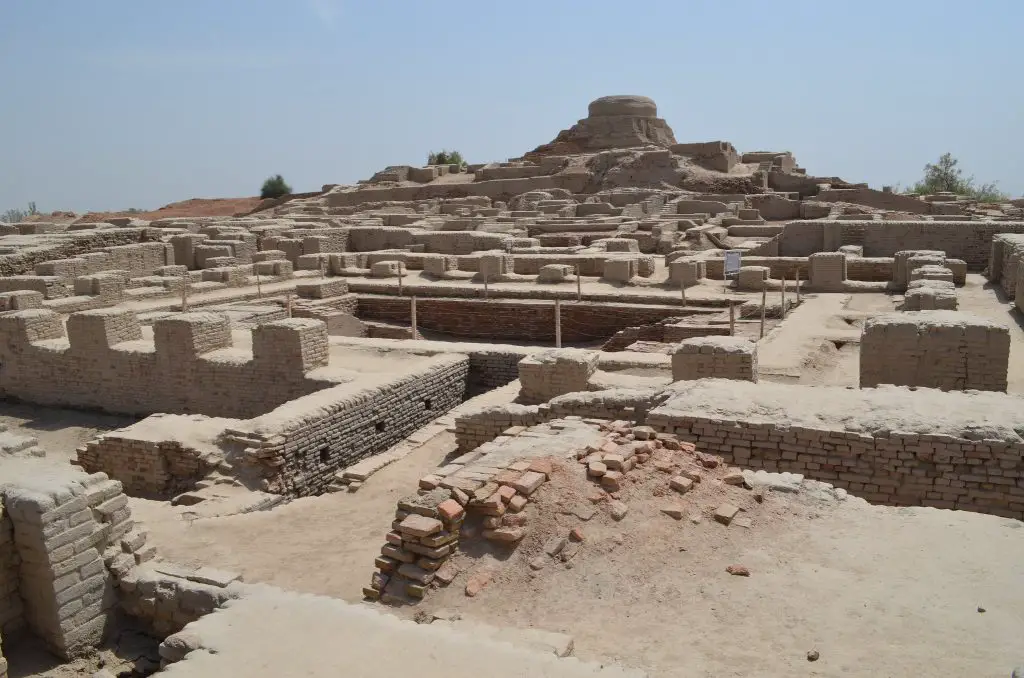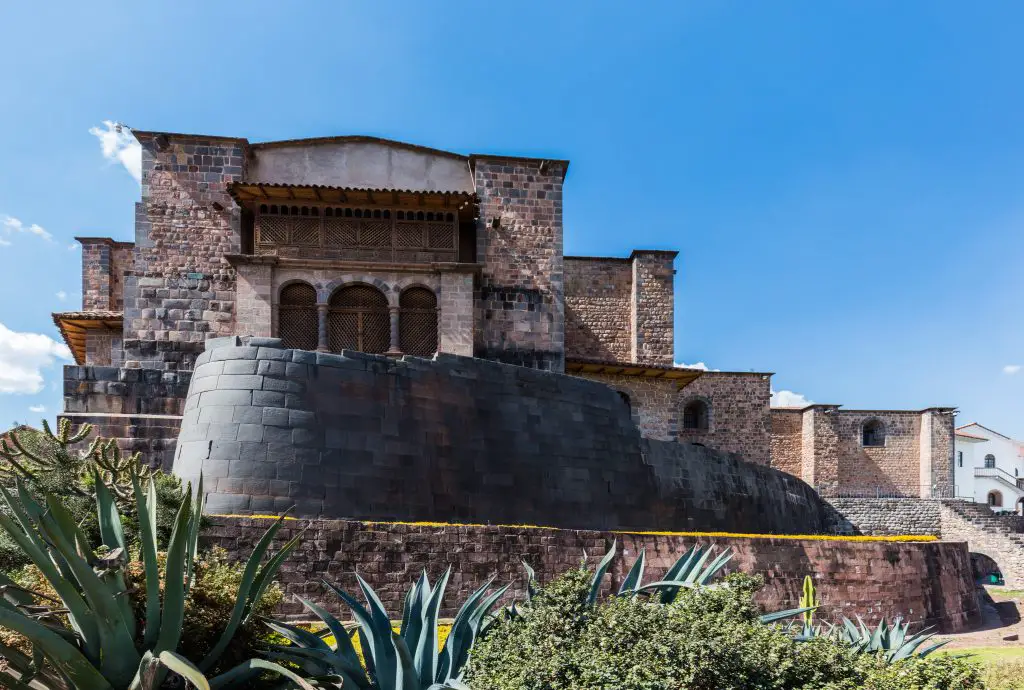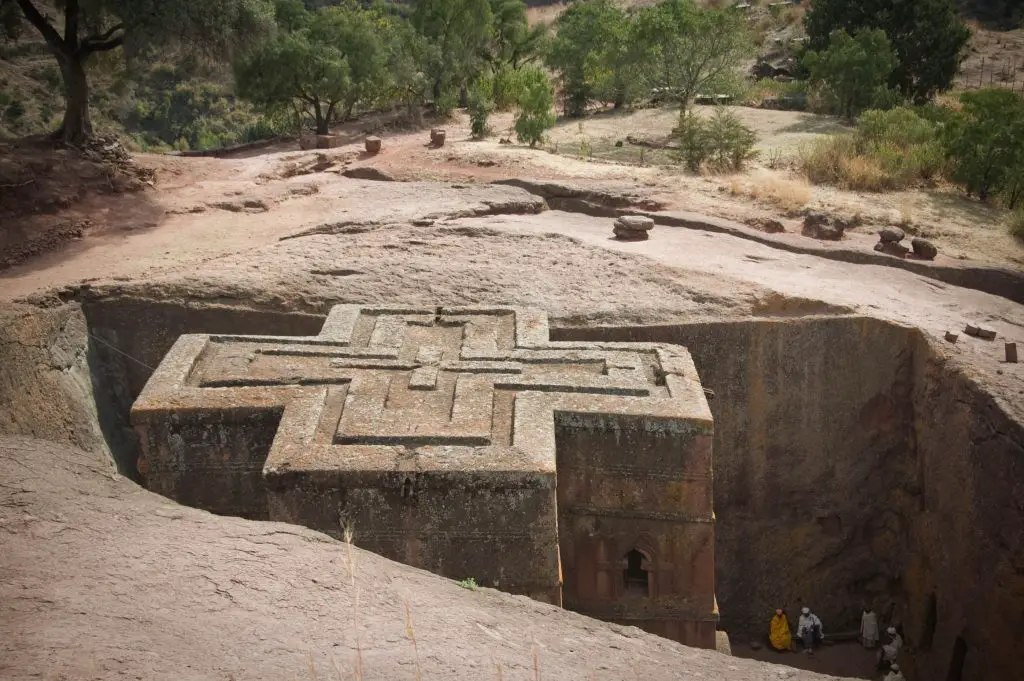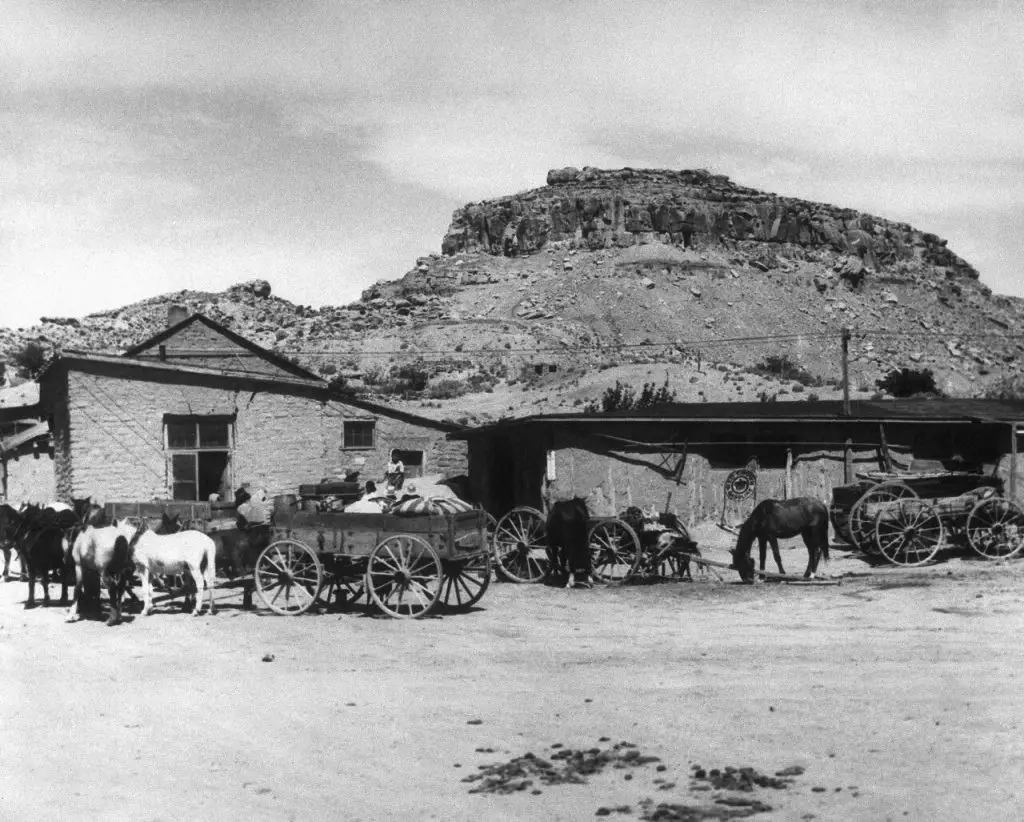Prescott is a city rich in history and vibrant culture. Known for its picturesque landscapes and welcoming community, the heart of Prescott lies in its heritage. The historical influences shaping Prescott’s local culture are not just artifacts of the past but a living tapestry that continues to define its identity.

From the early Native American roots to the modern global influences, the city embodies a fascinating fusion of traditions and innovations.
Prescott’s Native American Roots
Prescott’s history is deeply intertwined with its Native American roots, specifically the Yavapai and Prescott Apache tribes. These indigenous communities were the original inhabitants of the region, with a rich culture, language, and spiritual traditions that continue to resonate within the local community.
The Native American influence is evident in the area’s arts, crafts, festivals, and folklore. Prescott has embraced this heritage, working to preserve and celebrate it through museums such as the Smoki Museum, which is dedicated to indigenous culture.
The wisdom and philosophy of Prescott’s Native American ancestors have also shaped the community’s approach to nature, sustainability, and community well-being, making them an integral part of the city’s unique cultural identity.
Early Inhabitants and Tribal Influences
The indigenous history of Prescott goes back thousands of years. The Yavapai and other tribes have been the stewards of the land, laying the cultural groundwork for what Prescott has become. They cultivated rich traditions and lifestyles that were in harmony with the surrounding nature. Their insights into land management and community living are not just historical facts but continue to inspire modern practices.

The tribal influences are seen in various facets of local culture, including art, spirituality, and even urban planning. Prescott’s indigenous heritage remains a guiding light, fostering a sense of continuity and connection to the roots.
Cultural Traditions and Practices
In Prescott, Native American traditions are not confined to museums or history books. They are an integral part of the city’s daily life. The art of basket weaving, native dances, and spiritual ceremonies are practiced and celebrated.
Festivals like the Prescott Intertribal Powwow provide platforms for tribes to showcase their unique cultures. This celebration of heritage is not just about preserving the past but nurturing a future that honors these traditions. Such events facilitate cultural exchange, deepen mutual respect, and build a unified community.
Preservation of Native Culture
The emphasis on preserving Native American culture in Prescott goes beyond mere rhetoric. There are conscious efforts to safeguard these rich traditions. Organizations such as the Sharlot Hall Museum house collections of artifacts and provide educational programs.

Furthermore, collaboration between local authorities and tribal leaders ensures that development projects respect sacred sites. The blend of preservation with progress reflects Prescott’s dedication to its indigenous roots and sets an example for other communities to follow.
Colonial Era and European Influence
During the Colonial Era, European influence made a significant imprint on Prescott’s local culture. The architectural styles, governmental structures, and even some cultural practices were infused with European sensibilities.
Spanish and British explorers, missionaries, and settlers brought with them a variety of traditions, art forms, and languages that blended with indigenous cultures. The merging of these European influences with local customs created a rich and diverse cultural tapestry that continues to be felt in Prescott’s heritage, festivals, and way of life.
Historical sites such as the Sharlot Hall Museum in Prescott showcase some of these Colonial Era artifacts and narratives, providing a glimpse into this transformative period.
Spanish Explorations
Prescott’s historical tapestry is woven with threads of European explorations, primarily by the Spanish. The 16th and 17th centuries marked a period of discovery, and the Spanish expeditions left an indelible mark on the region. The quest for gold and new territories led to a complex interaction between European settlers and native tribes.
Historians such as Herbert Eugene Bolton have extensively documented these explorations, shedding light on how they shaped the region’s socioeconomic dynamics.
Impact of European Settlers
The arrival of European settlers marked a new chapter in Prescott’s history. While this period brought technological advancements and new governance structures, it also led to conflicts and cultural shifts. The influence of European settlers can be seen in architecture, farming practices, and the legal system.
Moreover, the settlers’ emphasis on education and trade laid the foundation for Prescott’s growth as a hub of innovation and enterprise. The settlers’ influence isn’t merely a historical phase but a vital layer in the multifaceted culture of Prescott.
Fusion of Cultures
One of the unique aspects of Prescott’s local culture is the fusion of Native American and European traditions. The culinary scene, for example, is a delightful blend of native ingredients and European cooking techniques. From art to education, this cultural synergy has given birth to something uniquely Prescottian.

Historical sites like the Fort Whipple Museum tell stories of collaboration and coexistence, reflecting a broader cultural ethos. This fusion has fostered a sense of identity that respects diversity and celebrates shared values.
FAQ Section:
In this section, we will be delving into some of the most common inquiries and curiosities that surround our topic.
How did Prescott’s Gold Rush shape the local economy?
The Gold Rush in the 1860s led to an economic boom in Prescott, attracting miners, merchants, and adventurers. The influx of capital, technology, and human resources laid the foundations for Prescott’s current economic landscape. More details can be found at Prescott’s historical archives.
What are some notable landmarks in Prescott that tell its history?
Prescott is home to several historical landmarks like the Iron Springs Historic Site, Fort Whipple Museum, Elks Theatre & Performing Arts Center, and many more. Each of these landmarks narrates different aspects of Prescott’s rich history. A complete guide can be found at Visit Prescott.
How has education influenced Prescott’s community?
Education has been a cornerstone of Prescott’s development, shaping intellectual pursuits and fostering civic participation. Institutions like Prescott College have played pivotal roles, while local organizations like the Prescott Literary Club foster intellectual exchange.
What contributions have the arts made to Prescott’s culture?
The arts have played a significant role in shaping Prescott’s local culture, from early painters and writers to contemporary artists and musicians. Venues like the Prescott Center for the Arts and the Elks Theatre & Performing Arts Center continue to foster this rich artistic environment.
How has tourism influenced modern Prescott?
Tourism has contributed both economically and culturally to Prescott. It has made Prescott a meeting point of global cultures, enhanced its identity, and led to a strong eco-cultural movement. More information on tourism in Prescott can be found at Visit Prescott.
Conclusion: Historical influences shaping Prescott’s local culture
The historical influences shaping Prescott’s local culture are multi-dimensional and profoundly interwoven. From the early days of the Gold Rush to the contemporary art movement, each era and facet has left its mark. Prescott’s journey from a small mining town to a vibrant, multicultural city reflects its resilience, creativity, and forward-thinking ethos.
Whether it’s the industrial heritage, military traditions, or intellectual pursuits, Prescott embraces its history while continually evolving. Its commitment to education, sustainability, and cultural diversity makes it a unique and inspiring place to live and visit.
The fusion of local values with global influences, the balance between tradition and innovation, and the community’s engagement with both its past and its future define Prescott’s local culture. Prescott is not just a city with a rich history; it’s a living, breathing testament to the power of cultural evolution and community spirit.
The key to understanding Prescott’s local culture lies in exploring its landmarks, engaging with its arts, and participating in its community events. For anyone keen on delving into this rich cultural tapestry, the doors of Prescott are always open.



Leave a Comment
You must be logged in to post a comment.